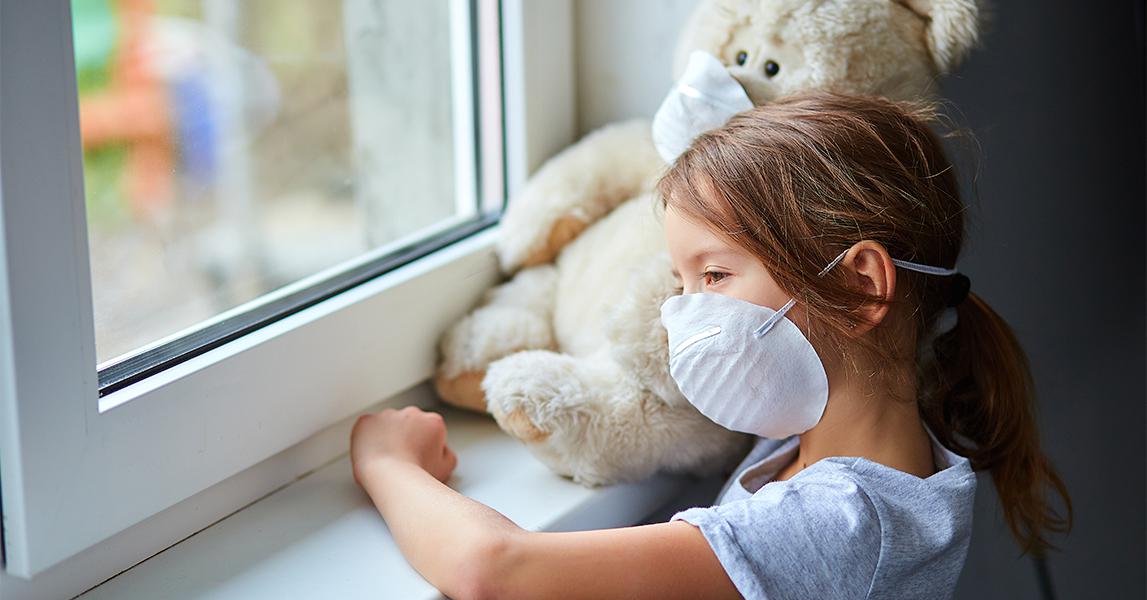Take My Breath Away

What happens when you live near a construction site? Here is a typical story. I recently saw a three-year-old child who has been suffering from a recurrent runny nose, ongoing cough, sneezing, and sometimes sticky red eyes for the past three months. Previously he was a very healthy kid, but now he has these symptoms almost daily. He was prescribed many different types of medications (cough medications, allergy medications, and antibiotics) which sometimes helped a little—but as soon as he stopped taking them, he would become sick again. His mother was very concerned that his immune system was weakening. Upon questioning the mother, we found out that just before the child became sick, a construction site had been set up not far from their home.
If you have lived in Hanoi or Ho Chi Minh City over the past decade, you almost certainly had this problem at some point—a site in your neighborhood where an apartment building, house, road or bridge was demolished, built up or renovated.
How does this affect your health and your children’s health? As it turns out, it’s much more than just the noise at night that won’t let you sleep.
- The heaviest toll on our health of having a construction site near home is the air pollution. This is not just the regular dust that you might find in any home: construction dust contains many different types of chemicals, including cement dust, heavy metals, synthetic fibers, sawdust and even asbestos (a known cause of lung cancer) and silica (a cause of chronic lung disease).
- Fumes from cars, trucks, bulldozers, generators and other fuel-operated machinery in and around the site can significantly contribute to the pollution of the air you breathe.
- Radon is a radioactive gas which is released from the soil. In construction sites, its levels tend to increase as it is released into the atmosphere. Radon is one of the leading causes of lung cancer (second only to cigarette smoking).
- Aspergillus is a fungus (mold) that is ubiquitous in the soil. During the construction, renovation or demolishment of buildings, it spreads easily into the air and may cause significant respiratory problems and chronic allergic symptoms to those people who live nearby.
- Construction sites promote infestations such as rats and cockroaches. These animals can shed their skins into the environment. These are known to be strong triggers of allergies and asthma.
- Chemicals and heavy metals from construction sites can be absorbed into the soil and water in the neighborhood and cause further pollution and health problems.
- Airborne chemicals and dust particles can also cause irritation to your skin and eyes as well as dermatitis (skin inflammation) and eye infections (stye, conjunctivitis).
The construction site doesn’t have to be next door. It can even be hundreds of meters away and still have a heavy effect on your children’s health. The same goes for construction sites near schools and kindergartens.
I see many children from different areas of the city who suffer from chronic nasal congestion, sinusitis and enlarged adenoids, chronic bronchitis, asthma, and eye infections—and it’s not because their immune system is weaker, it’s because their immune system is desperately trying to fight a losing battle with air pollution.
What can we as parents do? We can’t stop the construction obviously, but there are ways to reduce your child’s exposure to dust.
- If you live near busy roads or construction sites, you may need to keep your windows closed.
- If you use air conditioners, make sure the filters are cleaned frequently, at least monthly. These filters tend to accumulate dust and mold and spread them into the room.
- Vacuum your home with proper vacuum cleaners (with HEFA filters) daily.
- Remove objects that may accumulate dust from your child's room (carpets, heavy curtains, furry toys, pillows)
- Clean and air bedsheets and mattresses frequently.
- If you live near construction sites, busy roads or in a dusty neighborhood, use a special mask (N95) every time your child leaves home. They may help reduce exposure to large dust particles (unfortunately, most are not useful against tiny particles, chemicals or gases).
Sometimes, taking a holiday on the beach where the air is clean can do wonders for your health.
Dr. Jonathan Halevy, Head of Pediatrics, Family Medical Practice Ho Chi Minh City
 We use cookies on this website to enhance your user experience
We use cookies on this website to enhance your user experience